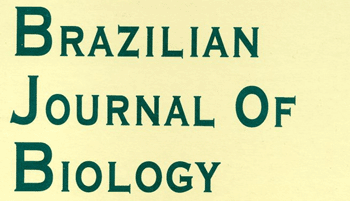Resumo
Estudos anteriores, realizados no peixe intertidal (Girellalaevifrons) no peixe marinho (Isacia conceptionis), mostram que a acetilcolina (Ach) provoca contrações mediadas por ciclooxigenases que eram dependentes da área e potencia da contração em vários vasos arteriais. Tendo em conta que o papel do óxido nítrico é mal compreendido em peixes, o objetivo do nosso estudo foi avaliar o papel do óxido nítrico em vasos arteriais de ambos os peixes Girella laevifrons e Isacia conceptionis. Nós estudamos os vasos aferente, branquial (ABA), eferente branquial (ABE), dorsal (DA) e mesentérica (MA), que foram dissecadas de seis espécimes juvenis. Estudos de tensão isométrica foram realizados utilizando as curvas de dose-resposta (DRC) para Ach (10–13 a 10–3M) e bloqueio com L-NAME (10–5 M), e na DRC para o nitroprussiato de sódio (SNP, doador do NO). L- NAME produziu uma atenuação da resposta contrátil nas artérias dorsais, aferentes e eferentes branquial e uma potenciação da contração no MA. SNP causaram 70% da dilatação da artéria mesentérica e 40% na artéria dorsal. Nossos resultados sugerem que Ach promove dilatação precária em MA mediada por NO; dados que é suportada pela utlilização de nitroprussiato de sódio. Em contraste, nos vasos de DA, ABA e EBA nossos resultados suportam que a via de Ach-NO-relaxamento está ausente em ambas as espécies.
Palavras-chave:
peixe entremarés; peixe marinho; reatividade vascular; NO-pathway

 Papel do NO na função vascular arterial de peixes entremarés (Girella laevifrons) e peixes marinhos (Isacia conceptionis)
Papel do NO na função vascular arterial de peixes entremarés (Girella laevifrons) e peixes marinhos (Isacia conceptionis) Thumbnail
Thumbnail
 Thumbnail
Thumbnail


